Japan
A country where historic villages retain their traditional roots and city skylines stretch the boundaries of imagination, Japan is a tightrope walk between past and present. From countless Buddhist temples and Shinto shrines to neon streets and soaring skyscrapers, Japan is an enthralling blend of history and innovation.
Visit the pastoral havens of the Iya Valley and Shirakawa-go or the secluded mountain village of Tayakama, and then shift gears and explore the vibrant food-scene of Kyoto. Tokyo’s boisterous cityscape sits only an hour or two from tranquil mountain hikes in Fuji-Hakone-Izu National Park, or soothing onsen hot springs in Hakone. Misty mountains, forested river valleys, spring cherry blossoms and royal fall foliage, endless seascapes, and secluded islands are just the beginning of Japan’s elemental majesty. Japan’s welcoming culture, Incredible cuisine, otherworldly architecture both ancient and modern, and serene rural landscapes will leave you utterly enchanted.
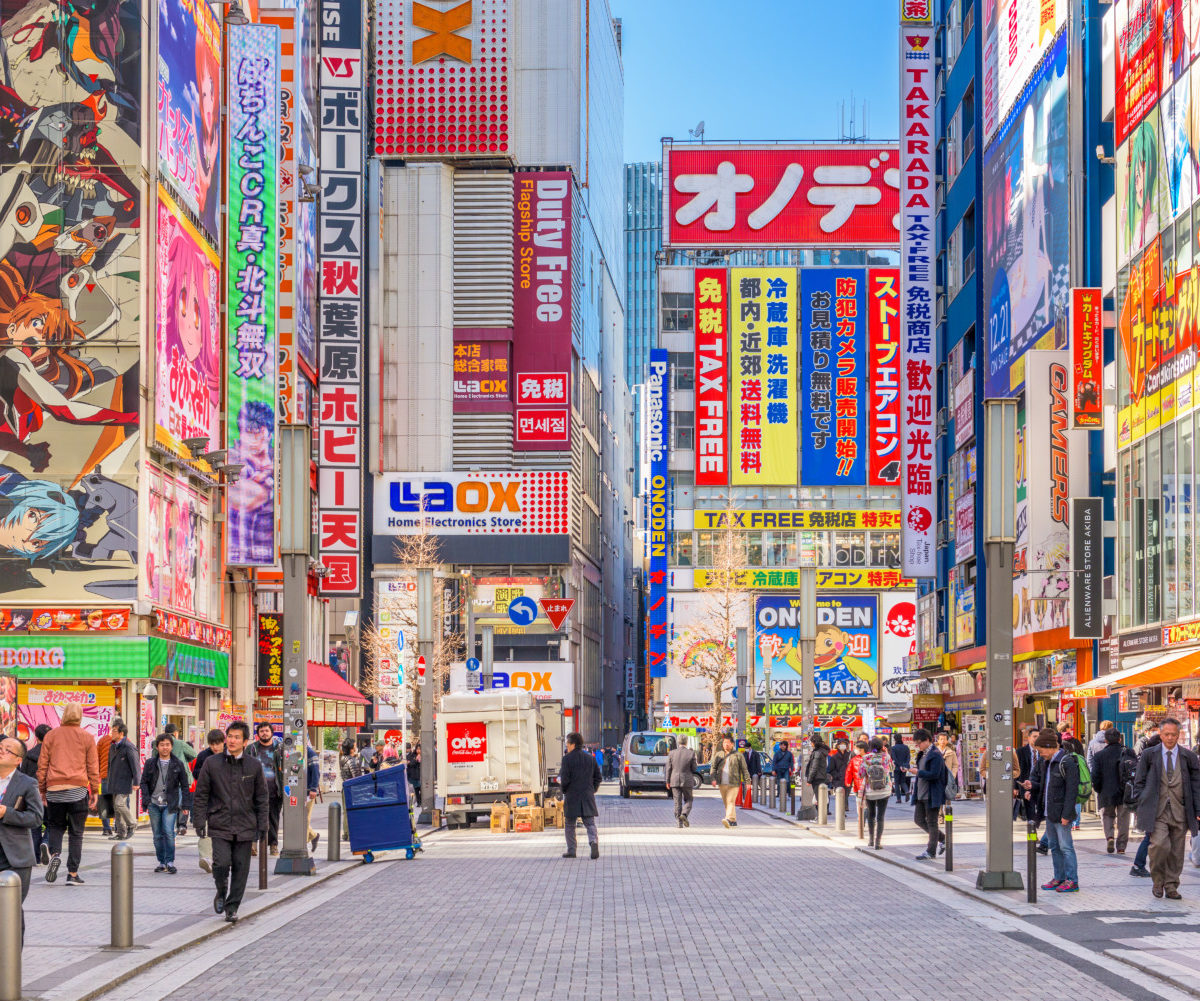
Tokyo
Fluorescent neon-lit streets, monumental skyscrapers, and a veritable sea of humanity make Tokyo one of the most stimulating urban scenes anywhere. The greater Tokyo area is the most populated metropolitan area in the world with nearly 40 million people, and the city itself is a non-stop cyclone of activity. Tokyo’s streetscapes are the country’s pop-culture and fashion mainstage, with the latest looks on display on Haketisha Street and the boutique shops of Omotesando, though you can still find traditional artwork and clothing shops tucked away in Asakusa. A city where the sheer scale of everything steals the limelight, prepare to be overwhelmed by limitless options for fabulous food—Tokyo is home to a host of Michelin-star venues, but even izakaya bars and noodle shops set the bar high. And though you could spend a lifetime simply walking through different neighborhoods, marveling at the madness and magic of the streets, Tokyo has a long list of must-see sights. Visit the Tsukiji Market where immense quantities of fresh seafood are on display; head to the skydeck of the Mori building of Roppongi Hills for panoramic city views; and visit the incredible art collection of the Tokyo National Museum. Tokyo is a high-octane kaleidoscope in constant motion that will dish up a heady dose of the ultra-modern right along with hidden glimpses of history and tradition.

Kyoto
Sitting to the southwest of Lake Biwa on Honshu Island, Kyoto is a world of stunning scenery and cultural treasures. The glories of Japan’s storied history are front and center in this atmospheric city, which is bursting with some 2,000 temples and shrines—visit the ornate Golden Pavilion, the lavish gardens and wood-carvings of Nijo Castle, or the Fushimi Inari-Taisha shrines on the forested slopes of Inari-san. Historic tea houses line the narrow lanes of Gion, cherry and maple trees line canals, and towering stands of bamboo line the trails of Arashiyama. Stay in traditional ryokan guest houses, soak in a steamy onsen, and enjoy Kyoto’s culinary prowess. For haute cuisine, try a traditional multi-course Kaiseki dinner, or head to Nishiki Market where you can track down Michelin-stars or noodle-stalls, crafts cocktails and laid-back izakaya pubs—wherever you dine, Kyoto is a city that prepares its food with pride.
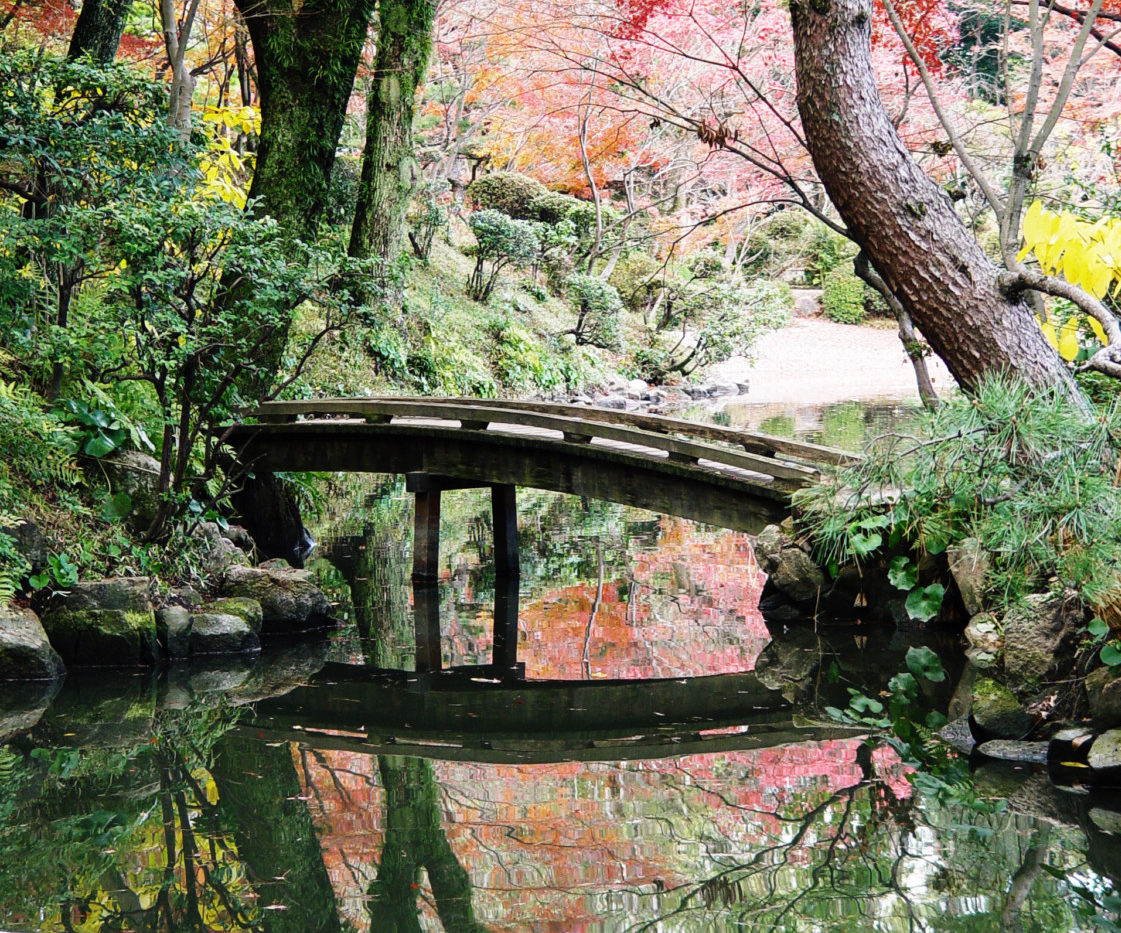
Hiroshima
Devastated during WWII when the Americans’ dropped the world’s first atomic bomb, killing or wounding over 140,000 people, the city of Hiroshima stands as a stark reminder of the horrors of nuclear warfare, and of the resilience of the human spirit. The Peace Memorial Park and museum, which commemorates the bombing, is an integral part of any visit to the city. Just across the Ota River from the park, Genbaku Dome, or the Atomic Bomb Dome, is one of the few buildings at the epicenter of the attack that remained standing and was preserved even as the rest of the city was rebuilt. Now, wide leafy boulevards lined with shops and restaurants, abuzz with a steady stream of people and cars, are a testament to Hiroshima’s remarkable recovery—the city is modern and cosmopolitan yet retains an alluring sense of history and tradition. Visit the reconstructed Hiroshima Castle, tea houses in Shukkei-en Garden, or the forests and ancient temples of Miyajima Island, which sits just offshore in Hiroshima Bay. Laced with rivers and dotted with green spaces, downtown Hiroshima is a delightful area to explore on foot—take a stroll down the Hondori Street, a pedestrian arcade lined with shops, or head over to Okonomiyaki Village for the city’s rendition of the traditional dish of pan-fried batter topped with cabbage and your choice of other ingredients.
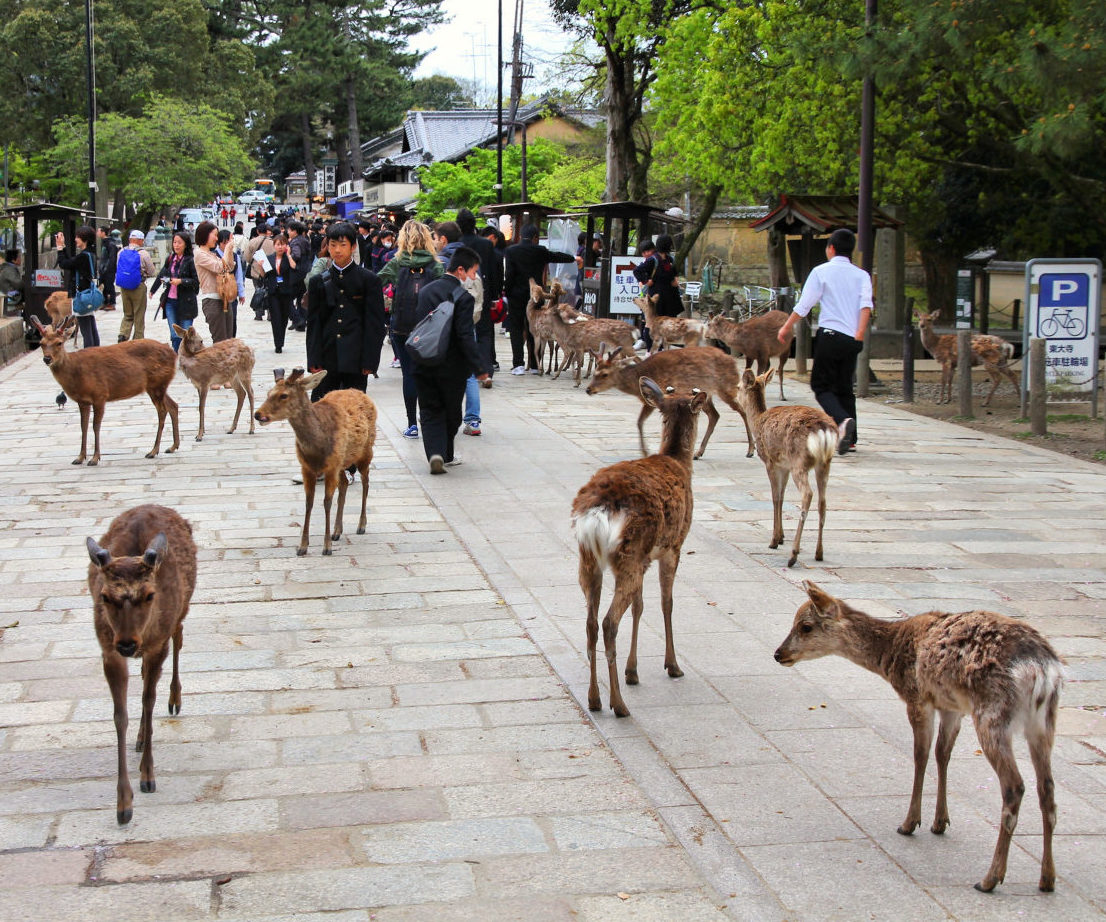
Nara
Breaking with tradition that dictated each new emperor have a new capital city, Nara became, albeit briefly, the nation’s first permanent capital in 710 CE. Home to eight UNESCO World Heritage Sites, Nara is a city of ornate temples, shrines, pagodas, and palaces—fortune and foresight led to many of the city’s historic buildings being ensconced in Nara Park, whose grounds and free-roaming sika deer have been officially protected since 1880. Among the park’s highlights are the Nara National Museum and Todai-ji temple, the world’s largest wooden building, which houses the immense bronze and gold Great Buddha. The city’s brief tenure as a capital also brought a flourish of literature, arts, and architecture inspired by Chinese traditions. Though the city sits within easy reach for day trips from Kyoto and Osaka, Nara is a delightful fusion of history and tradition with a wide range of sites that merit more than a passing glance.
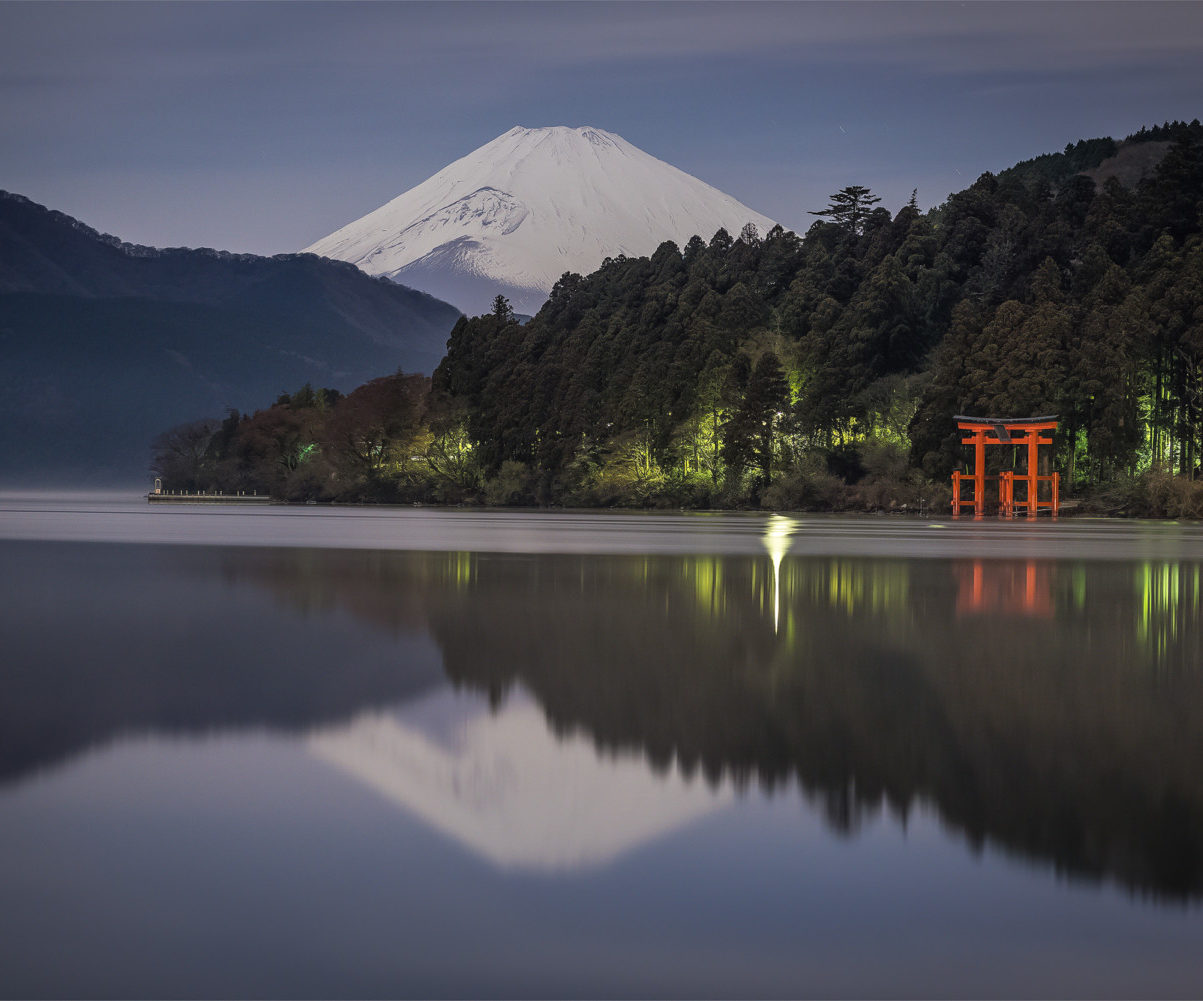
Hakone
Nestled into the mountains of Fuji-Hakone-Izu National Park, Hakone is a scenic town known for its hot springs and iconic views of Mount Fuji. On the shores of Ashinoko Lake, which was formed by the last eruption of Mount Hakone nearly 3,000 years ago, this area is a popular getaway from Tokyo, which is only 50 miles to the northeast. Traditional ryokan inns and bathhouses, fed by dozens of hot springs, offer an idyllic blend of rustic charm and exquisite comfort, and Hakone natural landscape provides endless outdoor activities. Take a boat ride on the lake, ride a cable car to scenic overlooks, or hike one of the many trails in the national park. You can stroll the shores of Ashinoko Lake, explore nearby temples, climb Kintoki mountain for great views of Mount Fuji, or explore the geothermal valley of Owakudani. Take a walk through Hakone’s open-air museum of sculpture, set on a verdant hillside, or visit the Hakone Shrine and museum. Plan your visit during the week and you will avoid the weekend onslaught of outdoor enthusiasts from Tokyo.

Nikko
A small city tucked into the mountains north of Tokyo, Nikko is home to a striking array of regal architecture in a sublime natural setting. Nikko’s extensive collection of Buddhist temples and Shinto shrines, often set side by side, are a UNESCO World Heritage Site and a lavish legacy of the Edo Period between 1603 and 1868. The site’s most impressive structure is the Toshogu, the opulent mausoleum of Tokugawa leyasu, the founder of the Tokugawa shogunate. Gold leaf adorns intricate wooden eaves, ornate gateways, gardens, and bridges interlace the sacred grounds. Surrounding the shrines and temples, Nikko National Park unfurls in majestic cedar forest, rivers, lakes, and waterfalls. One of the other main sights is the Nikko Tamozawa Imperial Villa, built after the end of the Edo Period, but no less spectacular. Though you can see the highlights of the area in one long day, spend a night or two to delve into the incredible history of the Tokugawa shogunate, and save time to explore Nikko’s natural beauty.
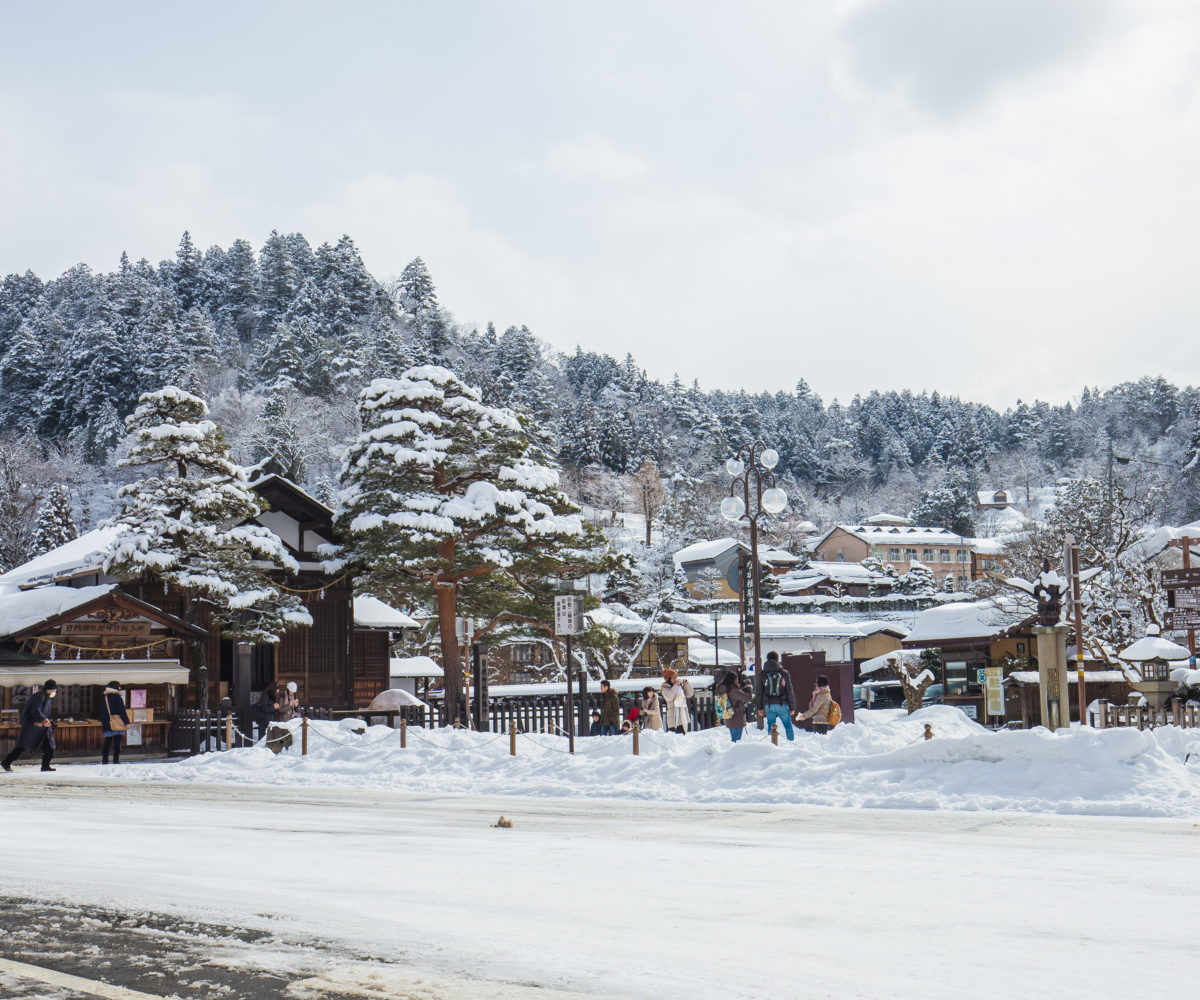
Takayama
Sitting in the Hida Mountains surrounded by 10,000-foot peaks, Takayama is an atmospheric haven set in idyllic beauty. Spread out along a plateau between two rivers and enmeshed in verdant forest, this remote and historic town is jam-packed with art galleries and historic architecture. Burnished dark wooden buildings with latticed windows line the streets, showing off the legendary woodworking skills that the area is known for. The historic district of town, called Sanmachi Suji, is filled with traditional homes, some of which now host museums filled with relics and remnants of Takayama’s past—narrow canals flowing along the streets add to the city’s architectural elegance. Takayama is a delight to explore on foot, with shops and restaurants tucked into rows of houses, and temples and shrines dotting the hills. Wander the tranquil paths of Shiroyama Park where the ruins of Takayama Castle lie surrounded by forest, which only hint at what was once a magnificent fortress. Takayama is renowned for spring and fall festivals that draw thousands of people, so plan in advance to join the party or to avoid the crowds.
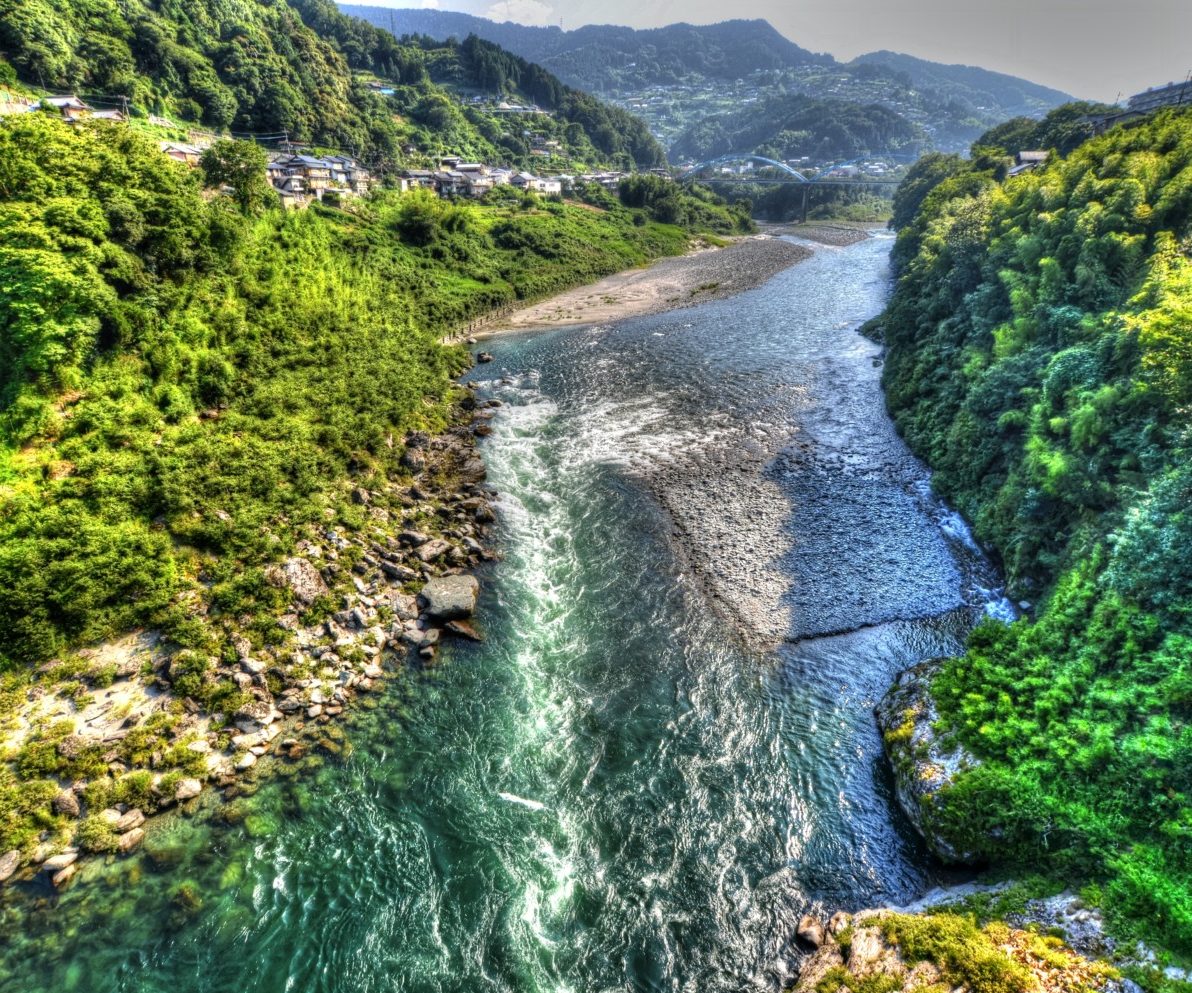
Iya Valley
Located in secluded region of Japan’s Tokushima prefecture, the Iya Valley offers a glimpse of a pastoral tradition that has been largely undisturbed for centuries. A world of steep forested gorges, mist-laden mountains, and riotous rivers of crystalline water, the Iya Valley is a majestic landscape. Thatch-roofed farmhouses are scattered across the valley, and historic vine bridges stretch high above the Iya river rushing beneath. The region once offered a safe haven for refugees and defeated warrior clans as far back as the 9th century, and the valley still retains its traditional aura of refuge. Winding mountain roads offer non-stop scenic views as you travel through the area, which is filled with opportunities for great hiking, white water rafting, and soaking in hot springs. Regional cuisine centers around delicious buckwheat noodles, locally produced tofu, fish, and wild greens—smaller restaurants and guest houses often have the best traditional dishes. The relaxed pace of life in the valley rewards those who are willing to slow down and enjoy the view—if you have the time to explore, other less visited villages are hidden throughout the region.
